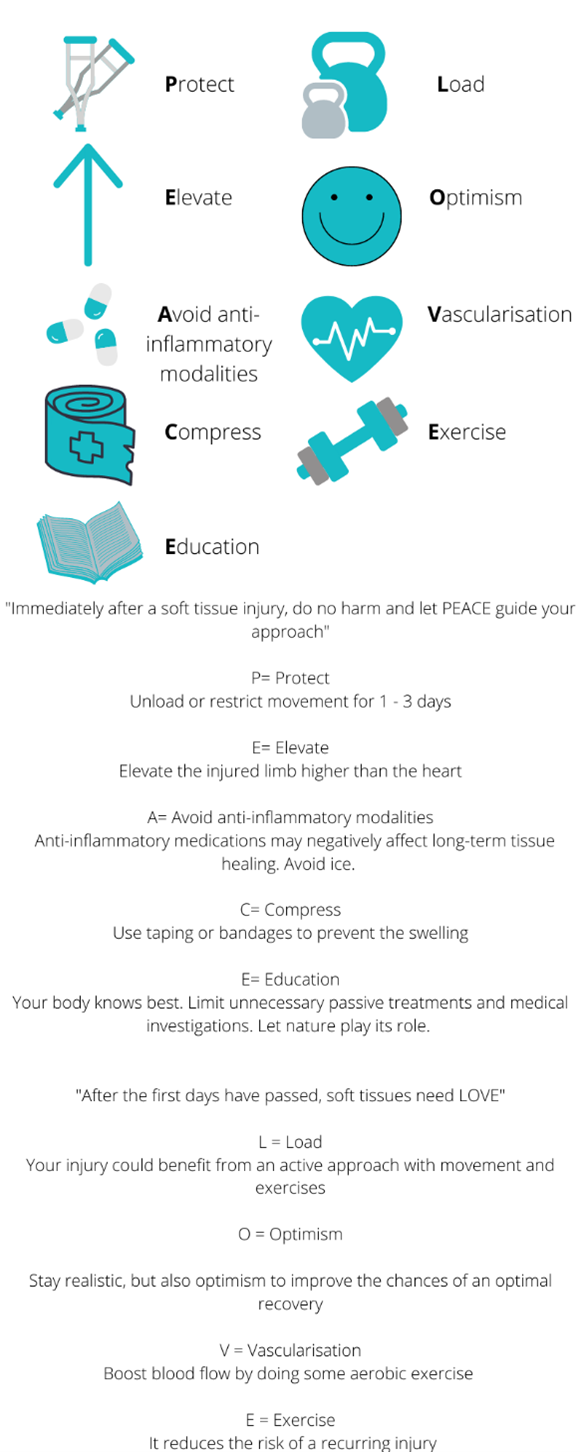How can physio help an ankle sprain?
Ankle sprains are one of the most common injuries of the lower body, and one we see a lot of in clinic. Here we discuss what they are, and what we can do to help you if you have had one.
An ankle sprain occurs when the strong ligaments that support the ankle stretch beyond their limits when you roll, twist or turn your ankle in an awkward way. These injuries can occur during sport, or a lot of people experience them just with walking on an uneven surface.
Signs and symptoms of an ankle sprain depends upon its severity. Following an injury, you may observe:
Pain in and around the ankle, especially when you put weight or try to walk on the injured foot
Tenderness when you touch the ankle
Swelling
Bruising
Inability to move the ankle
Popping sensation or sound at the time of injury.
What do I do if I’ve sprained my ankle?
Like the signs and symptoms, treatment of an ankle sprain is severity dependent. Based on recent research, immediately following the injury the PEACE (Protect, Elevate, Avoid Anti-Inflammatory medication, Compress, Education) and LOVE (Load, Optimism, Vascularisation, Exercise) approach can be followed:
Often an ankle sprain can be conservatively managed with the above protocol and physiotherapy but speak with your physiotherapist to discuss whether you should have your ankle evaluated to rule out any possible fractures.
How can physiotherapy help?
You may need to briefly rest your ankle after you’ve injured it, but it’s usually best to start moving it again and do some gentle exercises as soon as you can. This will help your ankle to get back to normal more quickly than keeping it still.
At First Line Physio, we develop a tailored exercise programme for you which will involve co-ordination exercises, strength and balance training. It will aim to build your strength and mobility while getting back the full range of movement in your ankle. We also use hands on techniques such as massage and acupuncture to improve pain, swelling and tightness in the surrounding tissues.
Having strong ankle muscles and joints can reduce the risk of further injuries, and means that you’re less likely to sprain your ankle again. This will help to make sure your ankle is back to full strength before you return to any sports or high impact activities.
How long does it usually take for an ankle sprain to heel?
Mild-to-moderate sprains should heal enough to walk on within a few weeks. It may take up to two or three months to get back to normal, including playing sports. If you have a severe ankle sprain, it may take several months to recover. Very rarely, surgery is required for ankle sprains in order to repair the injury.


